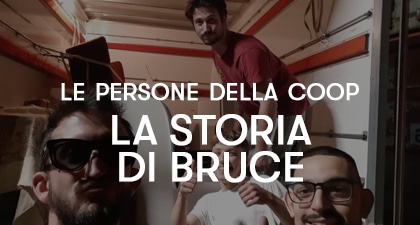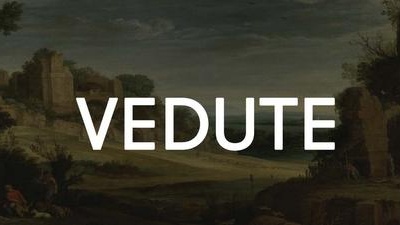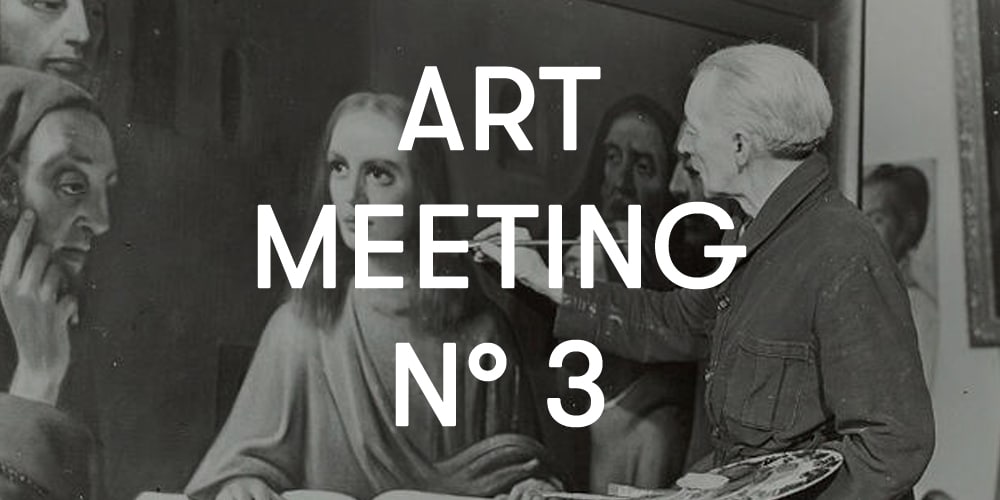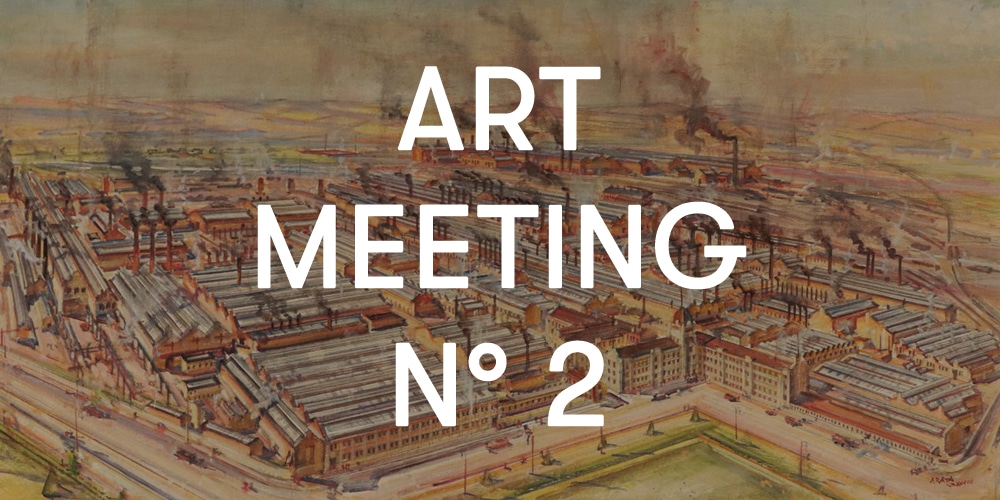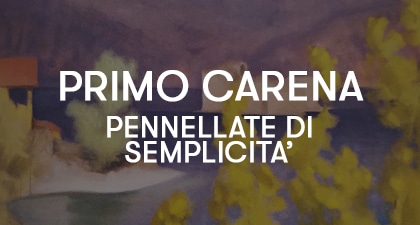
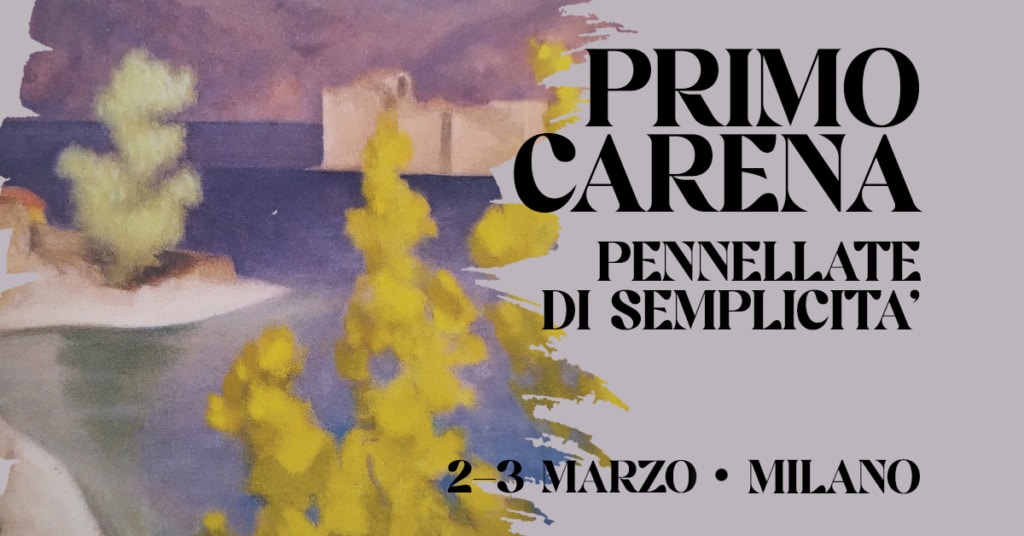
It is always interesting for enthusiasts of 20th-century painting to come across a monographic event dedicated to a painter whose work reflects some of the most significant artistic movements of the early postwar period.
We are talking about the event that the Cooperativa Di mano in mano dedicates to the Pavia-born painter Primo Carena, offering 60 representative works from the three major themes of his production:
- the landscape,
- the still life,
- the figure.
The connection with the Pavia countryside
Born in Fossarmato, a district of Pavia, on July 9, 1910, the first of six children of a cheesemaker, he remained connected for his entire life to the landscapes of the Pavia countryside and to the simplicity of a painting “free from cerebral overstructures, distant from Avant-garde positions by stylistic choice, not cultural lack” (cit. *Simona Morani, Primo Carena – Edizioni Bolis).
Trained at the Pavia Civic School of Painting, his early works were influenced by the post-Macchiaioli style of his teacher Kiernek, with his broad brushstrokes and tonalism tied to natural hues.
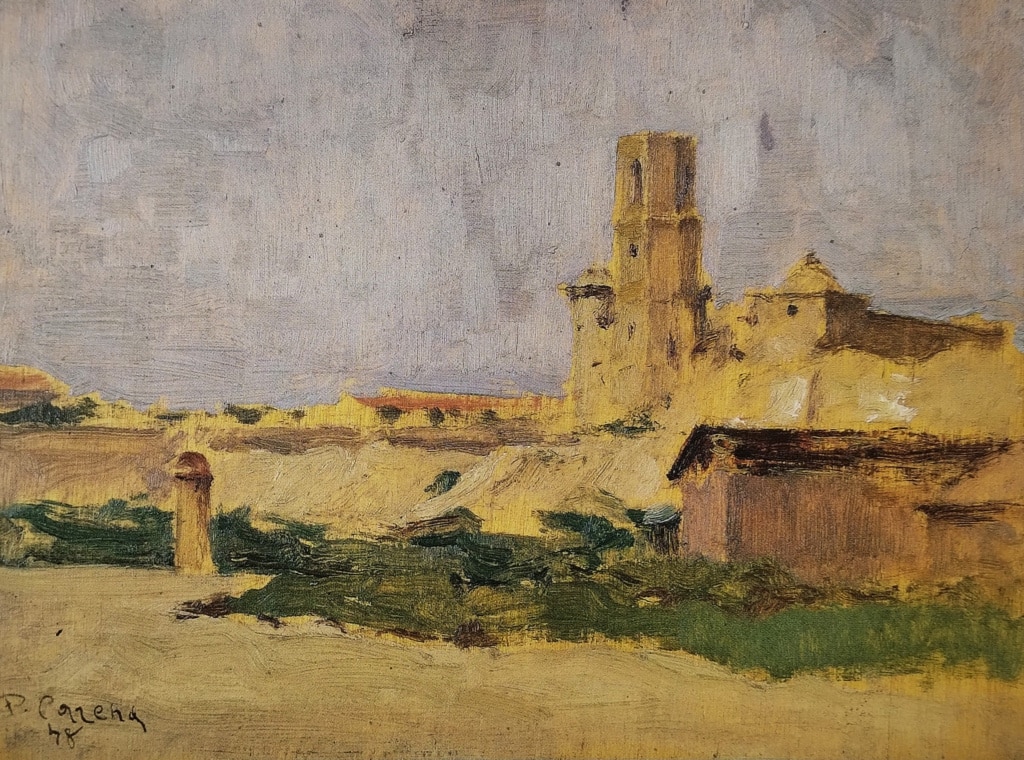
The encounter with 20th-century painting in Milan
He arrived in Milan in 1936 and immediately frequented the legendary Jamaica bar on Via Brera, where he met important figures in 20th-century painting, such as Carrà, Tosi, Campigli, and Manzù.
This greatly influenced his style, but only as it fitted into his unique artistic quest, in a constant dialogue and integration between rigorous commitment and a continuous intimate vein: the color palette changes, the painting technique shifts to thin layers of color, and the works gain a suspended atmosphere typical of the era, with a more rigorous volumetric construction in the landscapes.
Equally significant was his encounter with the Chiarista movement, perhaps closer to his natural lyricism. The two trends found their more mature synthesis in the production of the 1940s, leading in the 1950s to a rediscovery of classicism, understood as a study of drawing and line, through a significant body of portraits and mythological themed works.
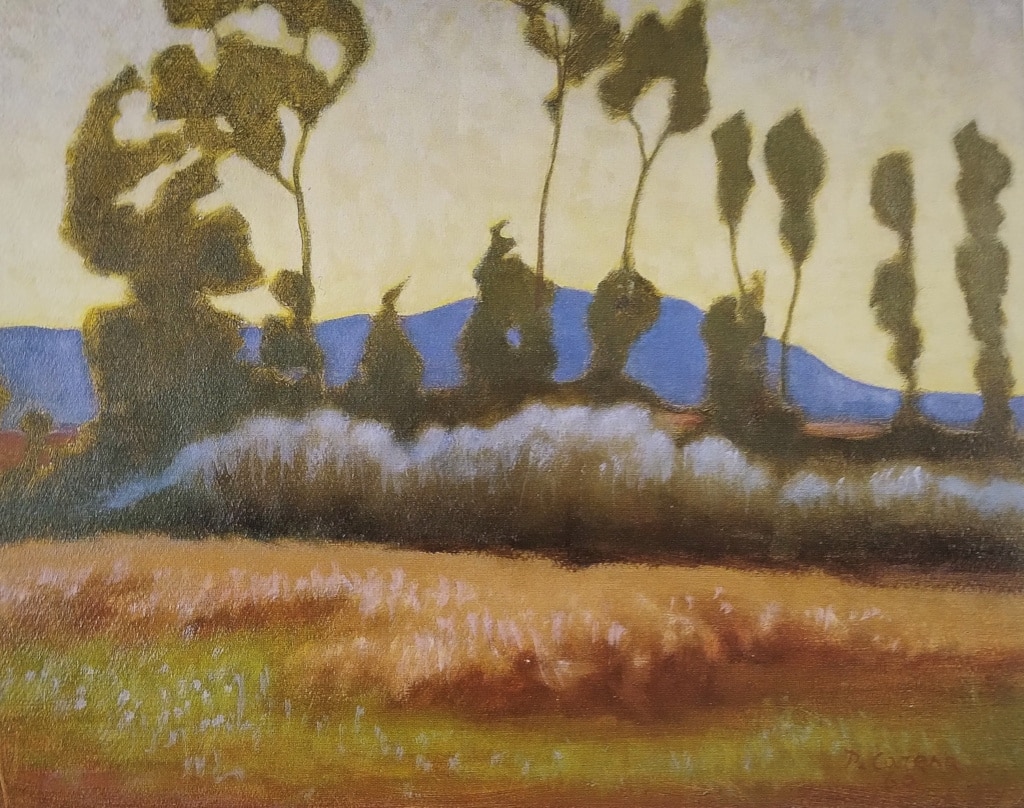
The intimate vein: his distinctive trait
Throughout his vast production – from the 1930s to the last paintings of the 1980s – one thing stands out: a constant intimate vein. But from his early Pavia days, all his research and encounters with contemporary artistic currents diluted into the substantial coherence of an intimate style full of lyricism.
In his paintings, Carena always centers on evoking moments of life where the objective data is imbued with evocative meanings: this explains the clear prevalence of landscapes and still lifes among his subjects.
If for the landscapes, a comparison with the contemporary works of Carrà or Rosai seems natural, and for still lifes one can hear echoes of De Pisis’s style and visions, the imprint of a personal search is clear, one that accompanies his entire life and is succinctly defined by Rossana Bossaglia as “simple but not simplistic, genuine without naïveté“.
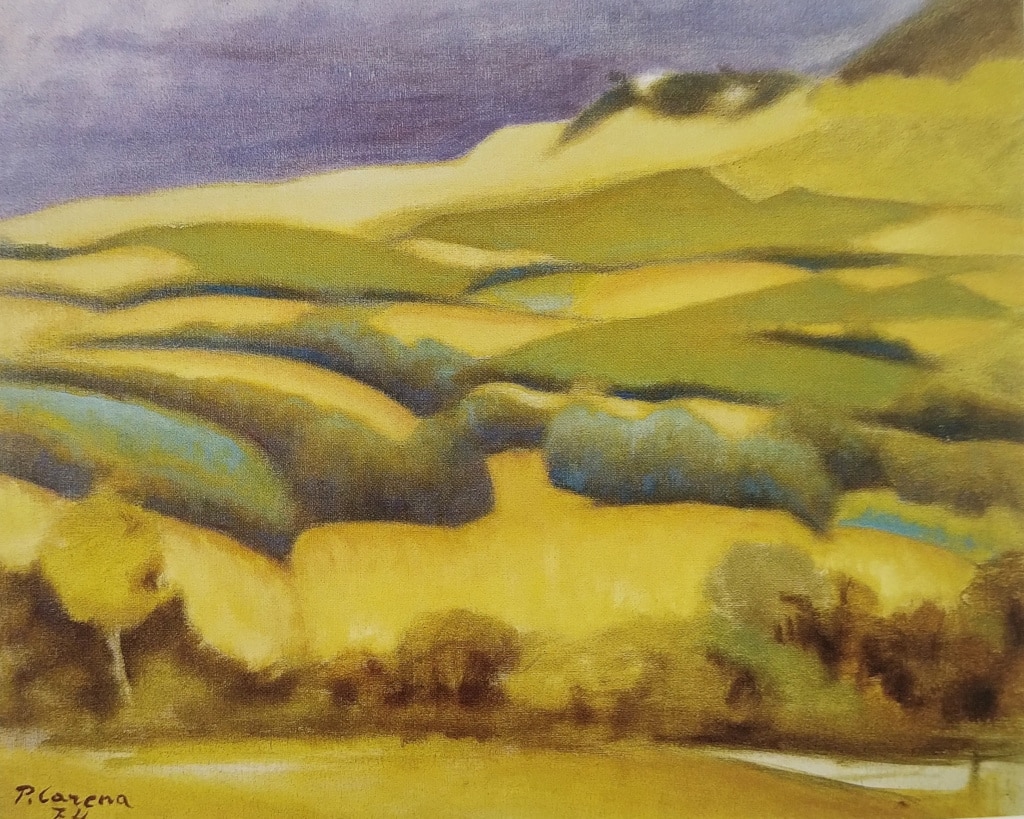
All about the event
For anyone wishing to attend the market exhibition (free entry), here are all the details:
- Milano, Viale Espinasse 99.
- March 2 and 3.
- Continuous hours from 10:00 AM / 7:00 PM.
- Contacts: 02 33 400 800, 334 638 48 04, mercatinoespinasse@dimanoinmano.it.
- Or visit our website at this link.



